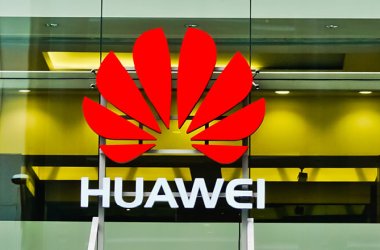 With the next release of Windows Server operating system, Microsoft has conquered one of the thorniest problems in virtualisation: moving an operational virtual machine (VM) across a wide area network (WAN), it said.
With the next release of Windows Server operating system, Microsoft has conquered one of the thorniest problems in virtualisation: moving an operational virtual machine (VM) across a wide area network (WAN), it said.
Microsoft unveiled this new feature at the Microsoft BUILD conference, being held this week in Anaheim, California. It will be available in Microsoft’s Hyper-V version 3 hypervisor, included in Microsoft’s next server operating system, Windows Server 8, the company said.
The capability, while viable in only a handful of use cases, nonetheless shows Microsoft’s growing expertise in virtualisation, analysts said.
With live migration, a working VM is moved from one computer to another without any disruption of the services offered by applications within the VM. Most server virtualisation software providers, including Microsoft, have long offered live migration within a local network. A far harder problem has been to offer the ability to move a live VM across different subnets, or separate WAN sub-networks, analysts pointed out. Network latencies and network addressing complexities have made this task a challenging one.
At the BUILD conference, Microsoft program manager Ross Ortega explained how the new technology worked. “Essentially, each virtual machine gets two IP (Internet Protocol) addresses. One address is the home address for the VM itself, which it uses to communicate with the rest of the network or, if accessed publicly, the Internet. The second IP address will be available for the local data centre,” he said.
“The trick is to keep these mappings between the two address spaces,” said Bill Laing, Microsoft corporate vice president for the server and cloud division.
Microsoft is not alone in offering this capability. VMware, in its VXLAN offering, also offers the ability. This solution, however, requires Cisco networking gear using the Overlay Transport Virtualisation (OTV) technology, analysts said.
“Long-distance live migration has been a research topic in the virtualisation community for several years, though it is useful only in a limited number of situations,” said Chris Wolf, a Gartner research vice president covering virtualisation.
“Replicating a VM memory state over long distances can take a considerable amount of time,” Wolf noted. “It could be handy for emergency situations, such as when a data centre is threatened by an upcoming flood or hurricane, and its contents must be moved to another facility. But, given the sizes of most data center-run systems, it is likely that only a handful of VMs would be moved in time,” he added.
During another presentation at BUILD, Brian Dewey, Microsoft group program manager for Hyper-V noted one way around this problem. “Administrators could also save VMs on thumb drives or optical disks, and then ship them to the new location, where the VMs could then be incrementally updated with the latest changes,” Dewey said.
“Another possible application of the technology would be in permanently migrating systems from one data center to the next without incurring any downtime,” Wolf said. “Such work would be necessary in data centre consolidation projects, for instance,” he added.
“Beyond the practical uses, the new capability carries symbolic importance for the company as well,” Wolf said. “It shows Microsoft is knowledgeable enough with this emerging technology to stay on the frontier of its developments,” Wolf opined.
“The technology marks a point where Microsoft will ship the first real formidable challenger to VMware vSphere,” Wolf said.
At BUILD, Microsoft touted a number of other new features to make Hyper-V and Windows Server more competitive with VMware as well. The company debuted the ability to do live migration of the VM’s virtual hard disk. Scalability was also touted: the new software will able to support up to 32 virtual processors for each VM, and each VM can now appropriate 512 GB of memory, the company said.





